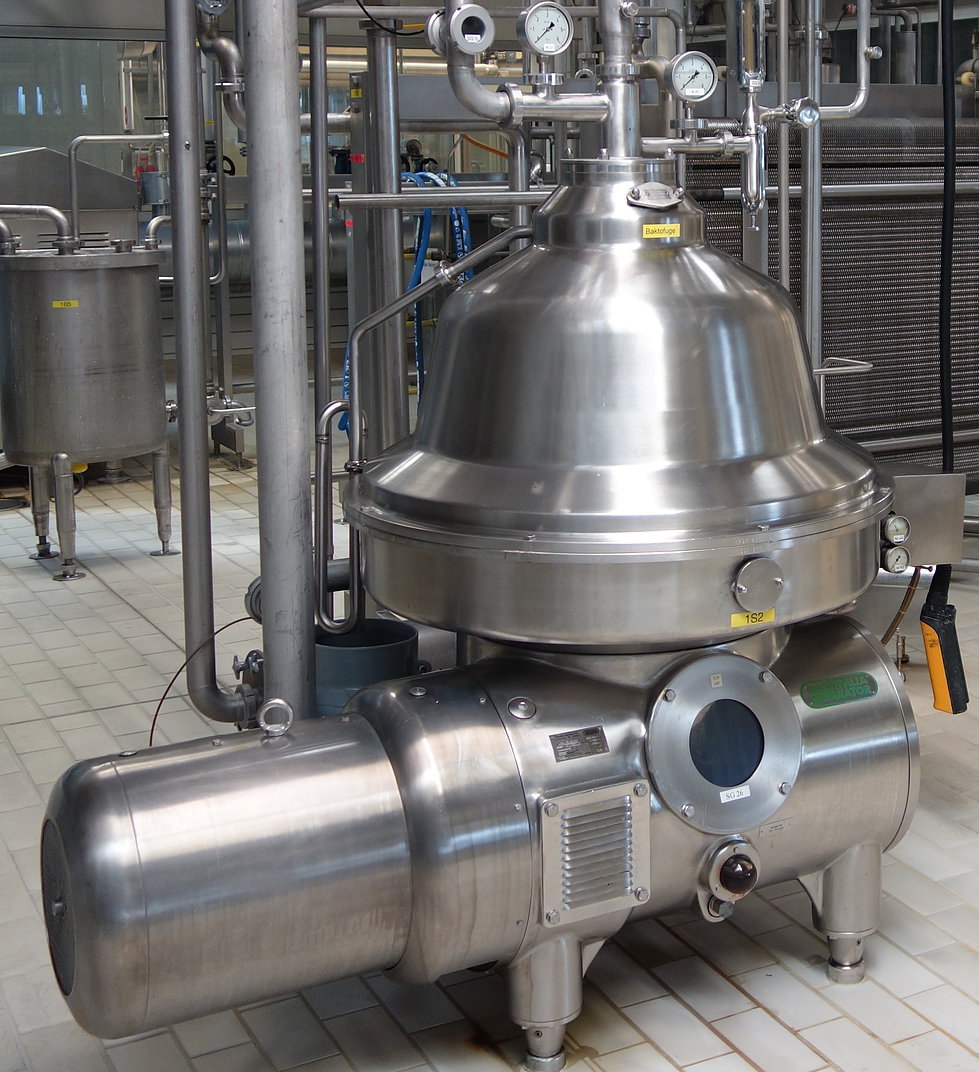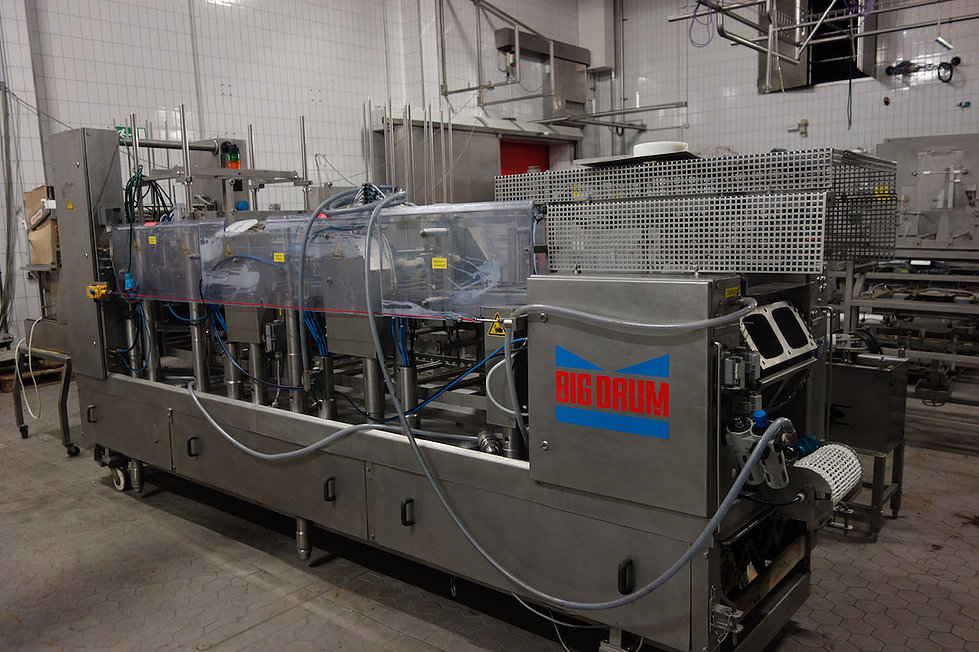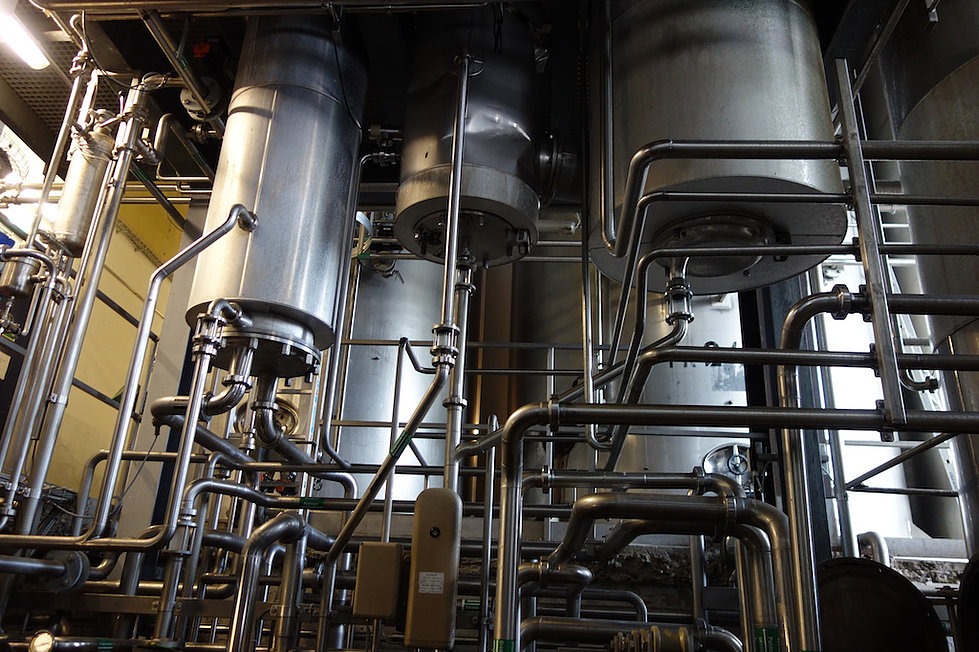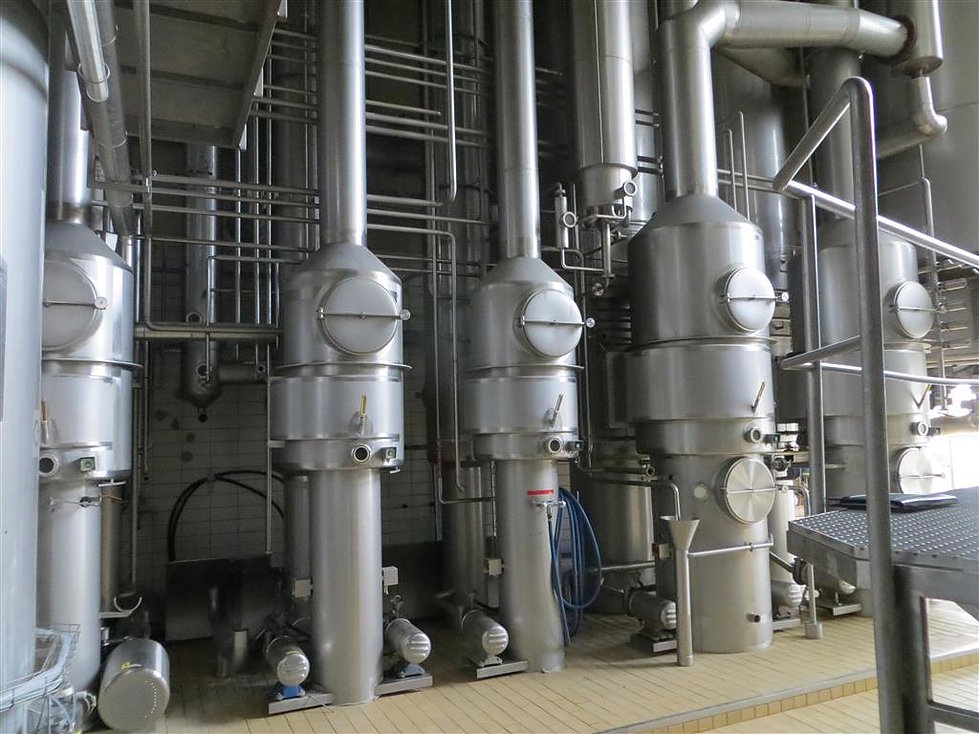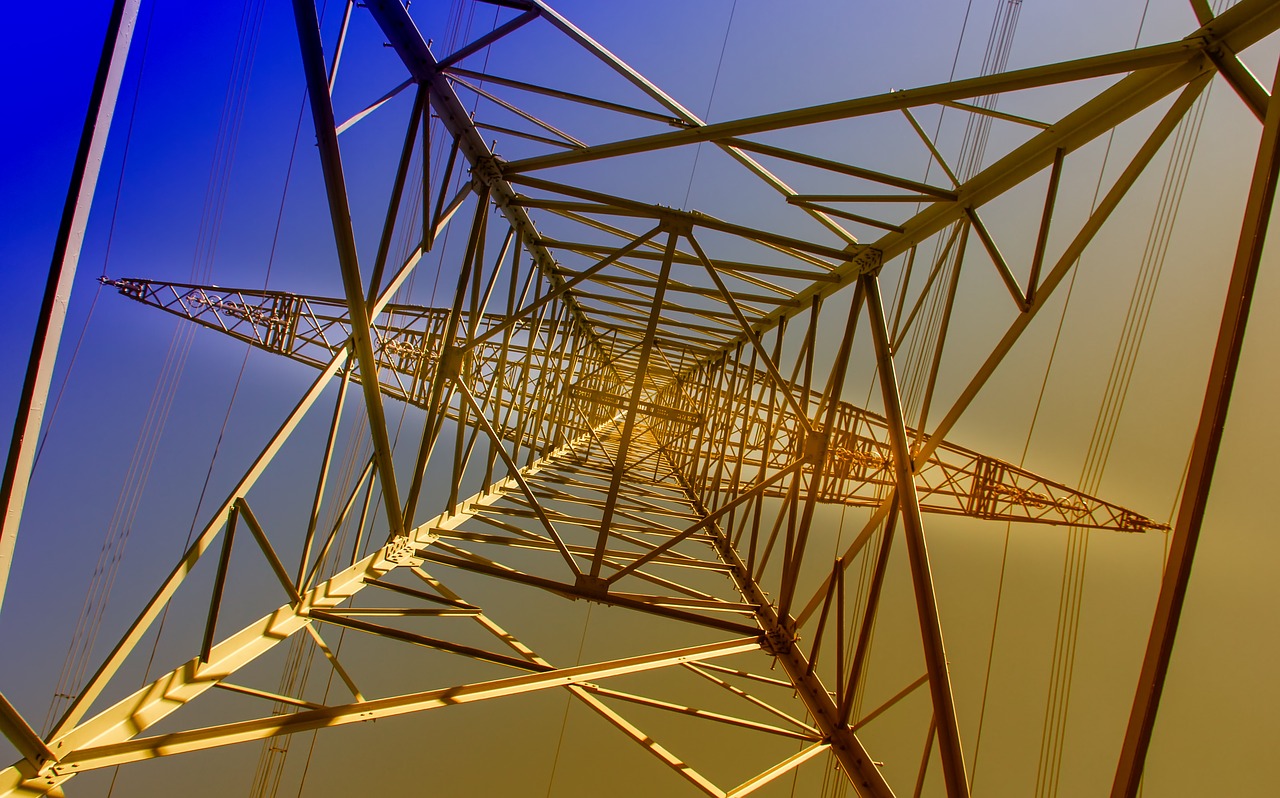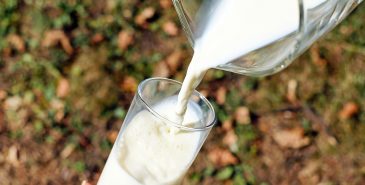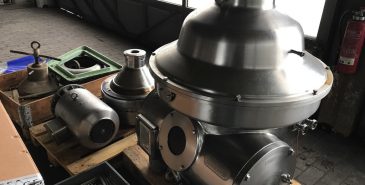STEPHAN has over 57 years of experience in the food business. STEPHAN machines are described by uncommon flexibility. They can cut, blend, scatter, mix and emulsify warmth and cool. They are vigorous, enduring and simple to clean. They have the office for numerous preparing ventures to be performed on one machine.STEPHAN machines can be utilized for the creation of comfort foods, dairy applications, and candy store items and, in addition, meat and frankfurters.
One Single Machine, Multiple Possibilities
Stephan innovation offers the accompanying key advantages:
• Insignificant vitality, along these lines CO2 decrease
• Nature of crude materials is secured by quick, coordinate warming
• Smell, shading, and structure of the items is improved
• General nature of food created is expanded
• Consistent lines for the dairy and accommodation foods businesses
STEPHAN offers a scope of consistent lines for the dairy and accommodation food businesses, including:
-
STEPHAN UHT Machine for the generation of handled cheddar
-
STEPHAN Continuous Cooker for the generation of a wide range of prepared cheddar, child sustenance, sauces, salsas, ketchup, soups, and puréed nourishment
-
STEPHAN Conti-Lines for the generation of mayonnaise, serving of mixed greens cream, ketchup, sauces, cream soups, salsas, infant sustenance, doctor’s facility nourishment, and vegetable purée
-
STEPHAN Emulsifying Module for the generation of mayonnaise, serving of mixed greens creams, dressings, and emulsified sauces
STEPHAN Universal Machines (UM) can be used for the making of handled cheddar, mayonnaise, ketchup, horseradish, plunges, child sustenance, sauces, dressings, chocolate, fillings, marzipan, surimi, crisp cheddar arrangements and emulsions.
Following items can also be prepared with universal machines easily:
• Inside chocolates
• Almond paste
• Chocolate
• Emulsions
• Ganache
• Topping
• Praline
• Creams
• Pastes of all kinds
Conventional attributes of Stephan Universal Machines include widespread application, sturdiness, short cluster times and the capacity to handle a few procedures with one machine. Advancement of the UM set extraordinary has started on the ease of use and additionally meeting current cleanliness guidelines easily. Changes are additionally unmistakable, all things considered, particularly in the structure and design of the machine.
55 years of exploration, advancement, and sending of dynamic innovation has brought about top-class machines with a worldwide notoriety all through the food handling industry. In the global nourishment industry, the name Stephan remains for premium Universal Machines with dish sizes from 5 to 200 liters.
For cutting, blending or emulsifying
Stephan UMs are utilized if a single machine is required to execute dependably and rapidly an extensive variety of handling capacities, for example, cutting, fine cutting, blending, mixing, manipulating, making purees and emulsifying and working under vacuum.
It is perfect for use in all fields of food handling, e.g. for the generation of bread and pastry shop items, meat and frankfurters, sweet shop and dairy items.
The item contact parts of dish and cover are made of 1.4301 or comparable (V2A).
The surface is not impacted. The backing is made of stainless steel, as well. The working devices are made of stainless steel and are comprising of a blade shaft and two blades and also a blending astound with PFDV scrubber for manual taking care of. A sight glass and a light are introduced on the spread. The machine is furnished with a tilting gadget for simple item release.
The fundamental engine – outfitted with recurrence converter – is controlled by a delicate touch board. The readout shows up in 2 lines in a lit up LCD show. The worked keys are lit up also. A clock is incorporated.
The Stephan UMs are is generally accessible with the dish with a twofold coat for circuitous cooling or warming of the dish substance. For this situation, there is existing a temperature sign and the likelihood to utilize a temperature set point for shutoff by delicate touch console.
The machines uncompromising top-class execution surpasses the most astounding requests of clients who truly realize what the business sector brings to the table.
STEPHAN Universal Machines are described by extraordinary flexibility. They are generally useful, powerful and dependable.
All preparing steps are performed by demonstrated STEPHAN standard: Each procedure is accomplished in one machine (in with no reservations one), the force of the principal engine is exchanged straightforwardly to the blades – without rigging! The pivoting blades, reverse-acting scrubber arm together with the connection of the unique dish geometry accomplish ideal preparing of the item in a briefest of time. The release of the item is made by physically tilting the dish through 90° (excl-UMSK 5 by physically evacuating the dish).
STEPHAN machines offer the perfect answer for applications including soups, pasta sauces, rice, vegetables, dressings, child sustenance, a wide range of both instant suppers and prepared cheddar – and last not minimum meat/hotdogs.
For higher limits, an extensive variety of machines is accessible like STEPHAN Vacutherm System, STEPHAN Combitherm and STEPHAN Cook-It. The mix of the cluster units STEPHAN Vacutherm and STEPHAN Cooking Mixer and cushion tanks including encompassing hardware – like metering frameworks – gives the required adaptability.
STEPHAN has likewise built up another era of nonstop preparing plants for handled cheddar items – the STEPHAN UHT System. This application depends on the wide involvement in the handled cheddar preparation. It takes care of the demand for the high caliber of definite items with monetary projects.
STEPHAN supplies answers for items, similar to meat/skin emulsions, liver paté, pet sustenance, and so on. By the method for the STEPHAN Microcut® homogenous fine cutting and emulsifying of meat can be accomplished and also shaping emulsions and scattering solids in fluids with an extensive variety of machine designs.
What we have to Offer
Thank you for processing this article! 🙂
If you found this piece useful, we would be very happy about you subscribing to our mailing list. This way you will never miss an update. You are also welcome to share with your friends and colleagues.
Cheers,
The M&E Trading Team

